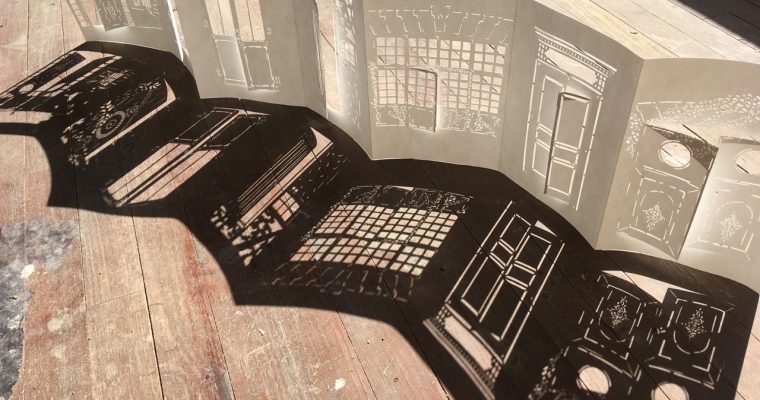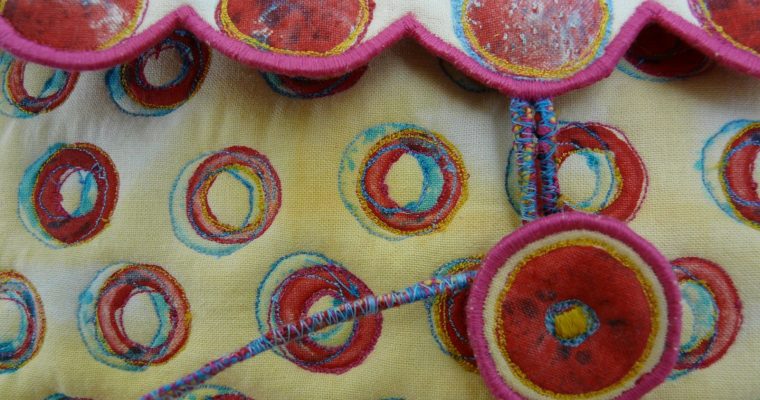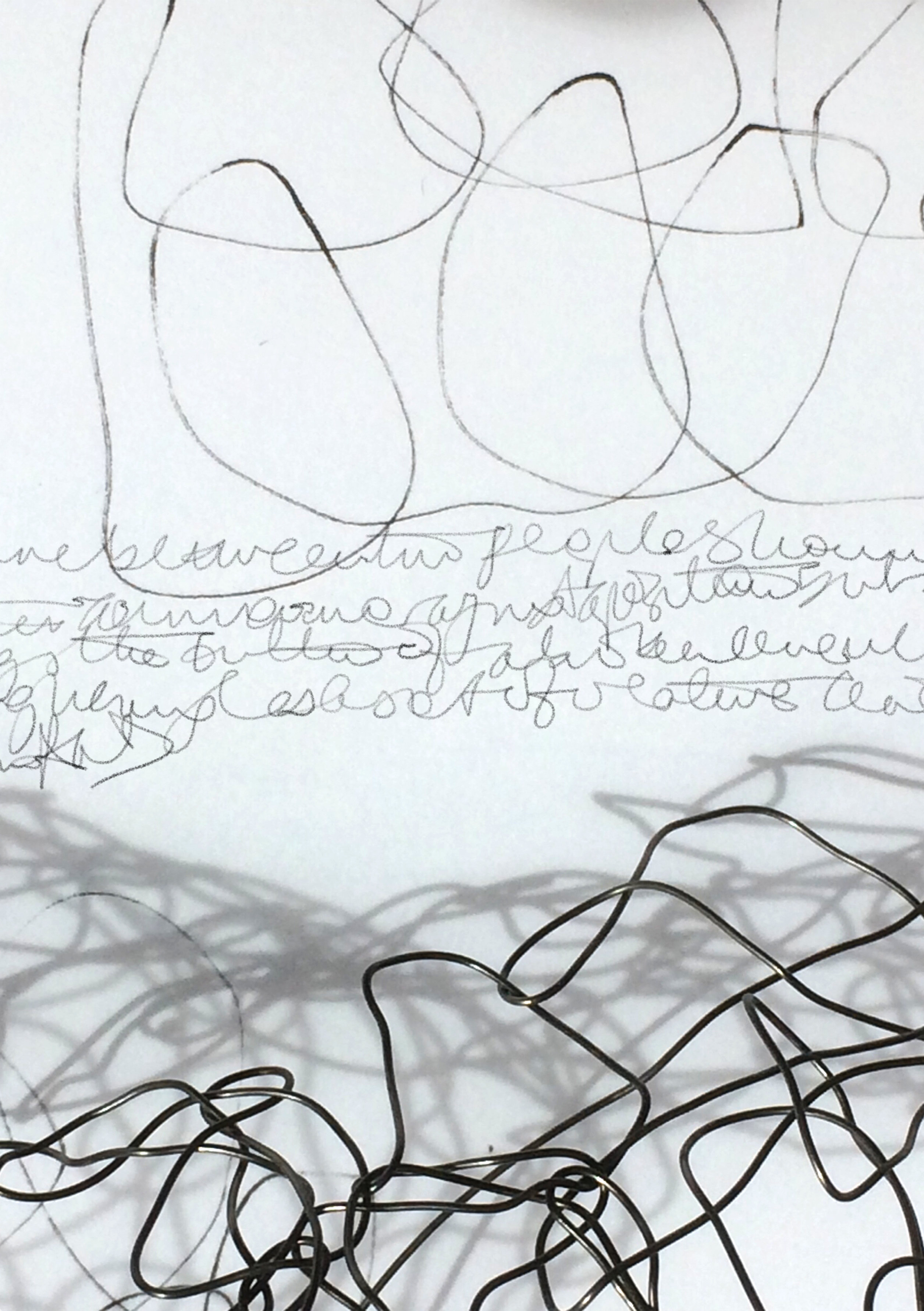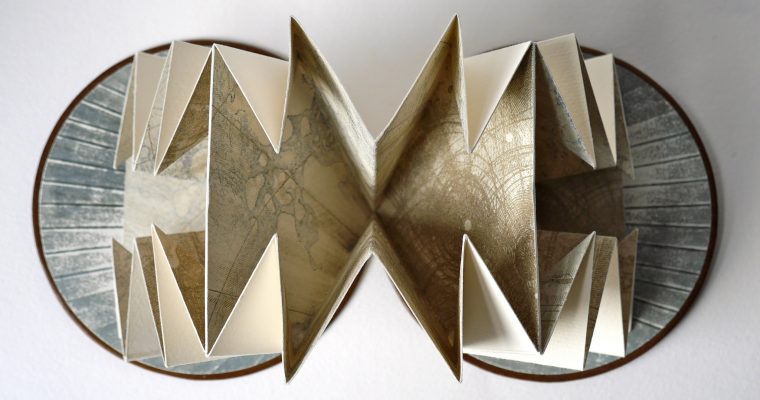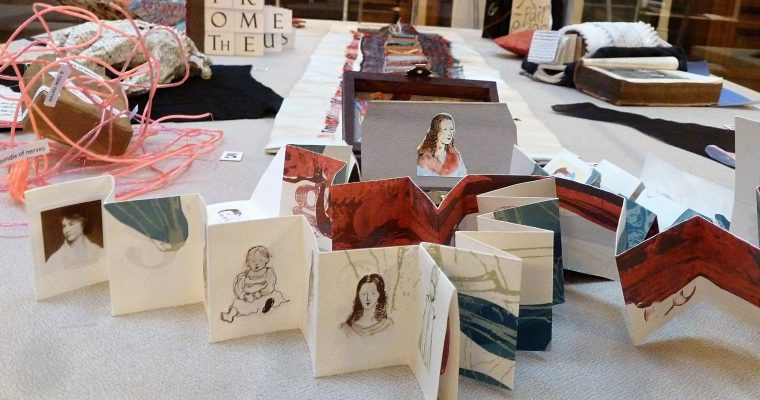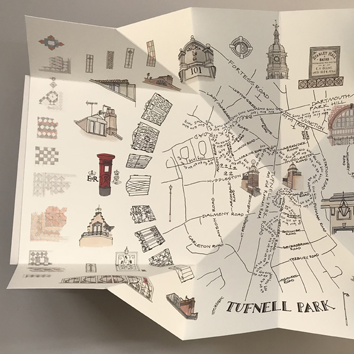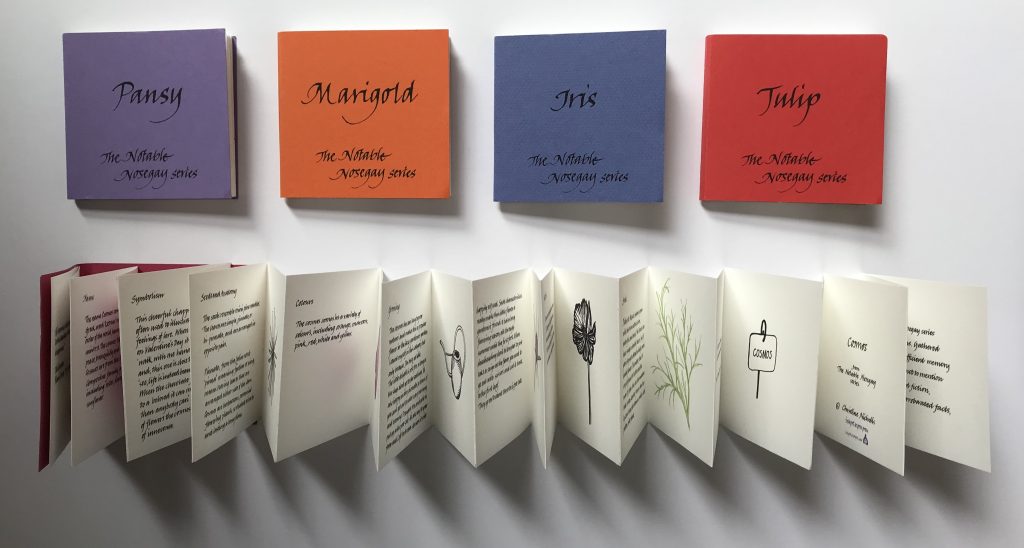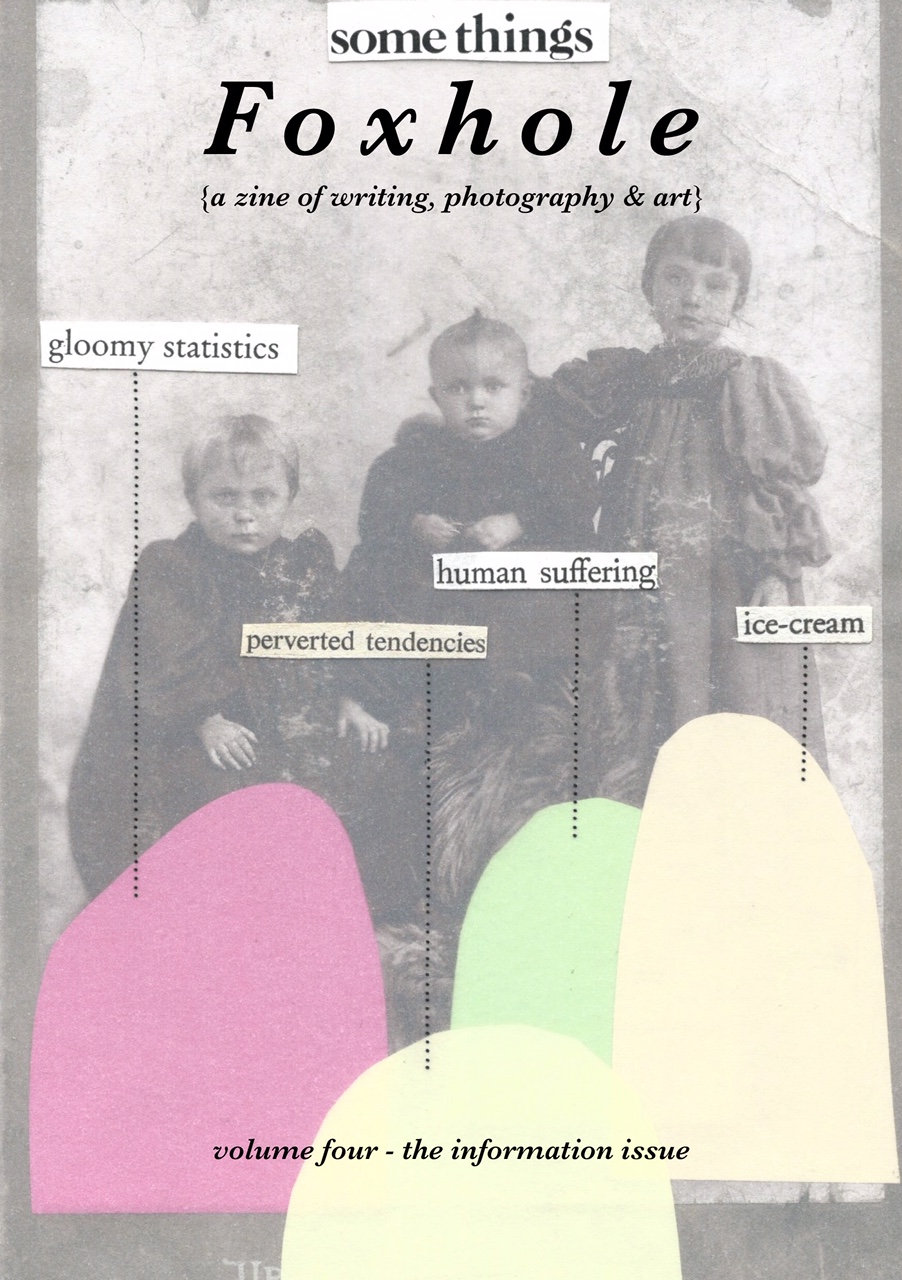Mark Callard/ Foxhole Magazine
How did you become involved in artist’s books?
About ten years ago, I started
writing poetry as a way of staying sane during a long period of mental ill
health and rubbish jobs. My friend’s sister is a graphic designer, and so
between the three of us, we edited my work down and created a book, but one
that also had a strong visual identity. I also made an A4 zine on the
photocopier at my local Staple and took copies of that and the poetry book to
sell at the Alternative Press fair in London. I hadn’t been to many events like
it but have always been a book and comic nerd, so I immediately fell in love
with all the weird and wonderful things that people were making and selling,
things that existed without anyone’s backing or an official stamp of approval.
From there, I started making more books and zines, exhibited at as many zine
fairs and DIY art markets as I could. Eventually I went back to University in
my mid-30’s to study Graphic Design and Visual Art, as I wanted to learn how to
have a go at some of the things I was seeing at the events I’d been attending.
Once I was no longer a poor student, I started doing Artists Book Fairs up and
down the country (because it’s not all about London).
What is the focus of your practice?
My three years at University were great but left me with mixed feelings about
the various disciplines, or where I fitted in. I was in the Graphic Design
class but I hung out with the Fine Art students in the room next door, so I got
the best of both worlds but was also aware of things I didn’t like about both
practices. I’m interested in content and like to create something people can
engage with, rather than just saying ‘that looks nice’ and forgetting about it
five minutes later, or not engaging with it at all because it needs to be
explained. I would say my work is about stories and narratives, places, time,
textures and decay (amongst other things) but how and when any of these themes
might appear will vary from one project to the next.
What are you working on at the moment?
Two photography zines featuring
visits to Chernobyl and Hong Kong, and a new issue of Foxhole zine, which is a
collection of other people’s writing, art and photography. The new issue has
been curated by photographer Mary Scott, which is the first time I’ve handed
the reins over to someone else, so I’m looking forward to seeing how different
this issue is compared to the ones I’ve curated.
Twitter: @foxholemagazine
Instagram: foxhole_magazine maryscottart
